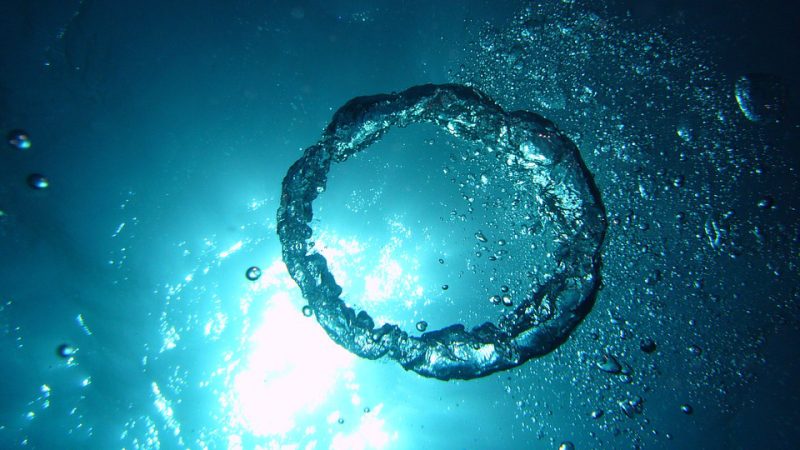More efficiency, more quality, more process safety, less costs, less waste – these are the target specifications of each and every production process in chemical industry. It seems quite ambitious to meet all these requirements, but a new key word has entered the engineering world: process intensification!
According to a European roadmap it means the “assembling of radically new and innovative principles for processes, which mean a significant improvement in terms of efficiency and (energy) efforts”. In other words we have to rethink thoroughly our current approaches. Especially, the production of fine chemicals is taking part in this movement: the market of the annual world production amounts to 85 billion Euro, because the pharma-, cosmetic- or food industries need tons of fine chemicals.
The challenge of providing oxygen
Over the last decades biotechnological production processes developed to be more advantageous compared to crude-oil based approaches. Microorganisms and enzymes are the little helpers of choice for realizing biotransformations. Especially, oxygen-dependent enzymatic reactions are highly relevant for the production of fine chemicals, but there we have a big problem: because of thermodynamic and kinetic limitations these reactions are still very inefficient in a biotechnological approach, because oxygen cannot be provided sufficiently as a co-substrate to the enzyme. What is the problem? We know that oxygen is a gas. But enzymes are only active in the liquid phase, which means that the oxygen has to be dissolved in order to make it available to the enzyme. The level of dissolved oxygen at the normal atmospheric pressure is about 0.25 mM but for a smooth process the enzymes usually need 100-fold more!
The design of spatial process separation
This problem is not new and engineers already spent a lot of time to improve the mass transfer coefficient (kLa), which indicates the efficiency of oxygen transfer from gaseous to the liquid phase. There are several measures to improve kLa and the effective oxygen transfer rate; but all of them have a price and none of them scapes from the dilemma of effective transfer and effective enzyme utilization for the reaction. The solution was now realized in the labs of acib: the best way to solve the problem of the oxygen transfer within the reaction, is to eliminate the problem. A group of researchers separated the processes of dissolving oxygen in the medium at high pressure (<34 bar) and the enzymatic reaction from each other spatially. They developed a continuous flow microreactor technology, where a packed-bed format of the pressurized flow reactor allowed a continuous transformation of immobilized enzymes. A clever idea was to combine the oxidating enzyme (e.g. glucose oxidase or D-amino acid oxidase) with a catalase, that recycles the side product, H2O2, and reconverts it into dissolved oxygen. This new system improved the enzymatic reaction rate 6-fold with the model enzymes!
Beside the improved efficiency the system enables engineers to better control their production processes and the enzymes keep their stability. An intense workload for the researchers with a nice result: an intensified process!
Bolivar JM, Mannsberger A, Thomsen MS, Tekautz G, Nidetzky B: Process intensification for O2 dependent enzymatic transformations in continuous single-phase pressurized flow. Biotechnology and Bioengineering 2019, 116, p. 503-514;
Picture credits: Pixabay
